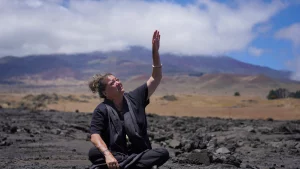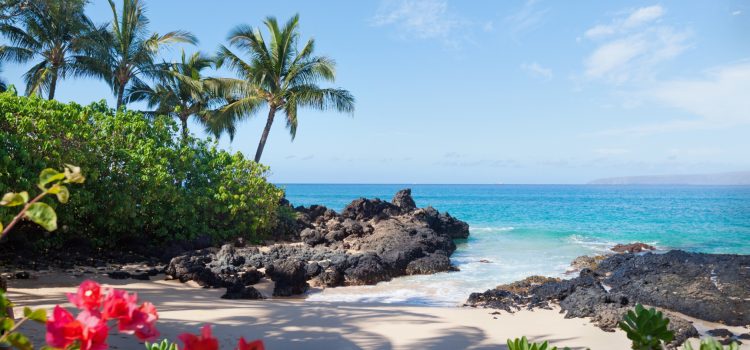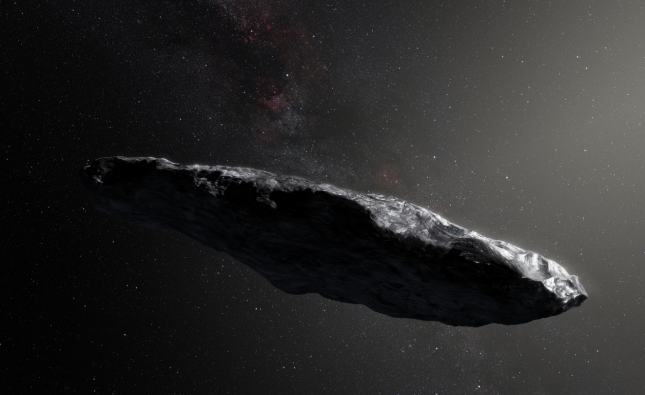
Nestled in the heart of Hawaii’s Big Island, Mauna Kea stands as a sacred and awe-inspiring site, holding profound cultural and ecological significance. The allure of this majestic mountain has drawn tourists and astronomers alike for decades, yet the convergence of tourism and responsible visitation remains a contentious issue. Unveiling the complexities, challenges, and potential benefits of tourism around Mauna Kea while emphasizing respectful visitation is crucial to preserving its sanctity.
Understanding the Significance of Mauna Kea
Mauna Kea, translated as “White Mountain,” is a dormant volcano that spans over 13,000 feet above sea level, serving as a pivotal cultural landmark for Native Hawaiians. It embodies spiritual connections, housing revered deities and sacred burial grounds, thereby symbolizing the indigenous people’s ties to their heritage and land. Additionally, Mauna Kea’s unique ecological diversity fosters numerous endemic species, making it a biodiversity hotspot. Its summit hosts world-renowned astronomical observatories, offering unparalleled stargazing opportunities owing to its exceptional atmospheric clarity and minimal light pollution.
The Challenges of Tourism
Despite its significance, the influx of tourists presents multifaceted challenges. Overwhelming visitation can disrupt the mountain’s delicate ecosystem, threatening the survival of endemic flora and fauna. Foot traffic, waste accumulation, and vehicular congestion pose substantial risks to the fragile environment, demanding meticulous preservation measures. Moreover, the clash between cultural reverence and commercial exploitation is palpable. Commercial tour operators, while providing access to Mauna Kea’s splendor, often lack adequate cultural sensitivity, neglecting the mountain’s spiritual significance and failing to educate visitors on respectful conduct.

Benefits of Thoughtful Tourism
However, responsible visitation can yield numerous benefits. Thoughtfully managed tourism initiatives can serve as a platform for cultural exchange and education, fostering appreciation and understanding of Native Hawaiian traditions. Engaging with local communities empowers them to share their stories, fostering mutual respect between visitors and indigenous custodians of the land. Furthermore, tourism can fuel conservation efforts. Revenues generated from sustainable tourism practices can be channeled into conservation projects, aiding in the preservation of Mauna Kea’s unique biodiversity and cultural heritage.
The Path to Responsible Visitation
Achieving responsible and respectful visitation requires a comprehensive approach:
Cultural Sensitivity: Tour operators and visitors must receive cultural awareness training to understand the sacredness of Mauna Kea. Respectful behavior, such as refraining from littering and adhering to designated pathways, is imperative.
Regulatory Measures: Implementing strict regulations on vehicular access, visitor quotas, and waste management can mitigate environmental degradation.
Community Engagement: Involving Native Hawaiian communities in decision-making processes and revenue-sharing mechanisms ensures their voices are heard and respected.
Education and Interpretation: Providing interpretive centers or guides that emphasize the cultural and ecological significance of Mauna Kea fosters an informed and respectful visitor experience.

Conclusion
Mauna Kea stands as a testament to the harmonious coexistence of cultural heritage, ecological diversity, and scientific exploration. Navigating the delicate balance between tourism and responsible visitation demands a collective commitment to honor the mountain’s sanctity while facilitating meaningful and sustainable interactions. Responsible visitation is not merely about sightseeing; it’s about fostering a profound connection between visitors and this sacred site. By embracing respectful conduct and sustainable practices, we can ensure that Mauna Kea continues to inspire awe and reverence for generations to come.










